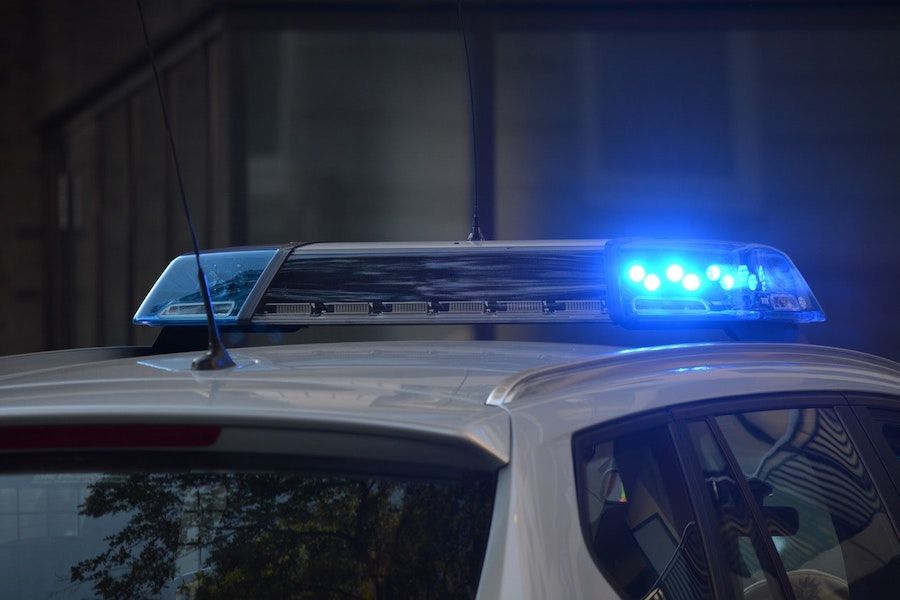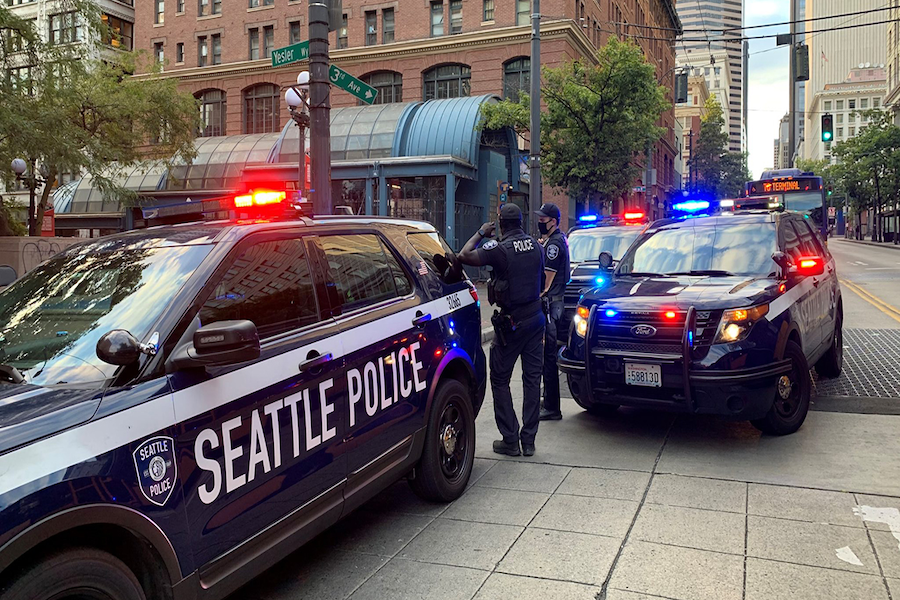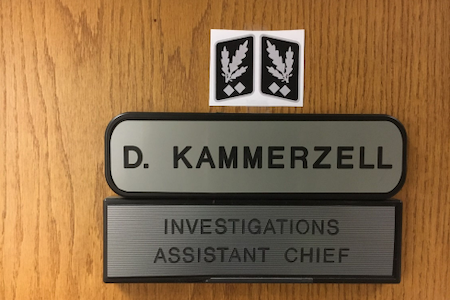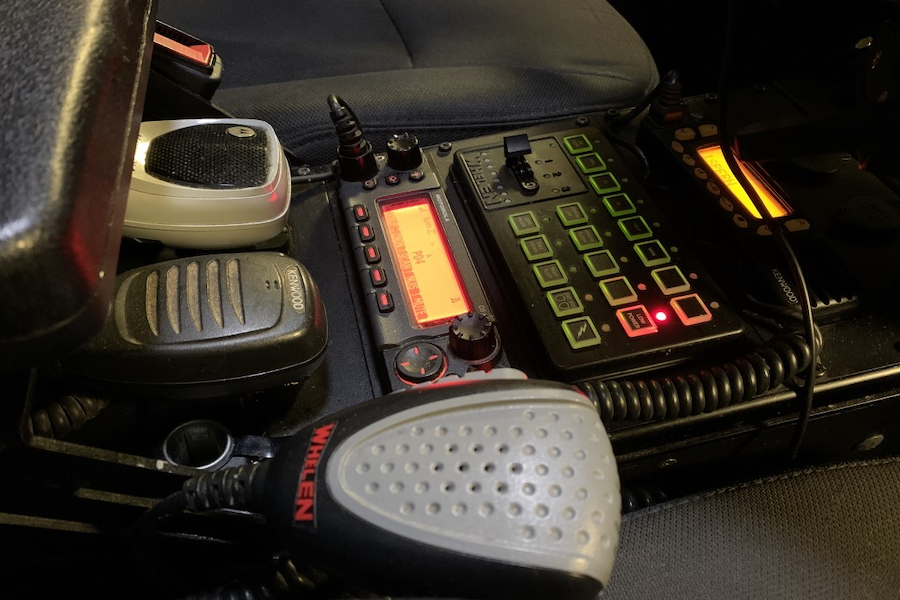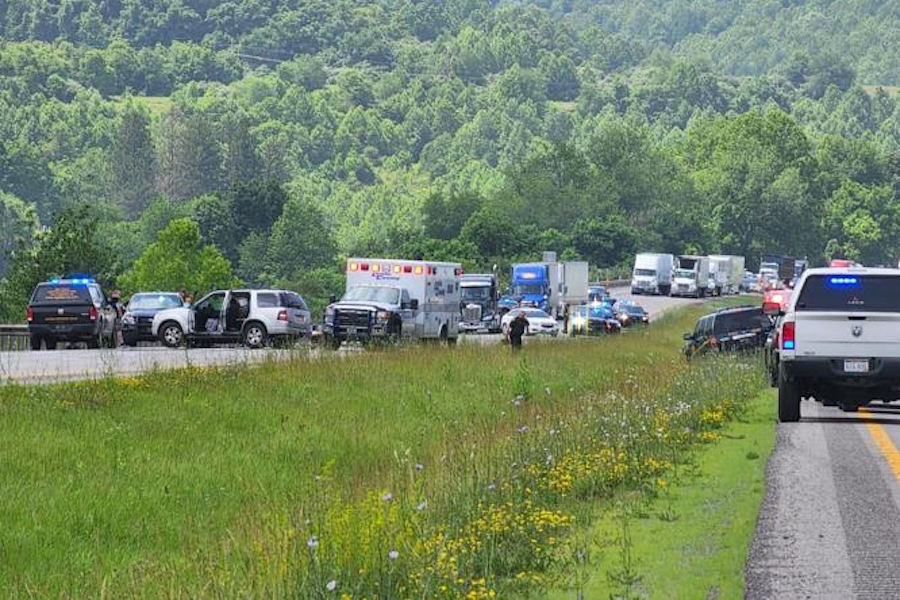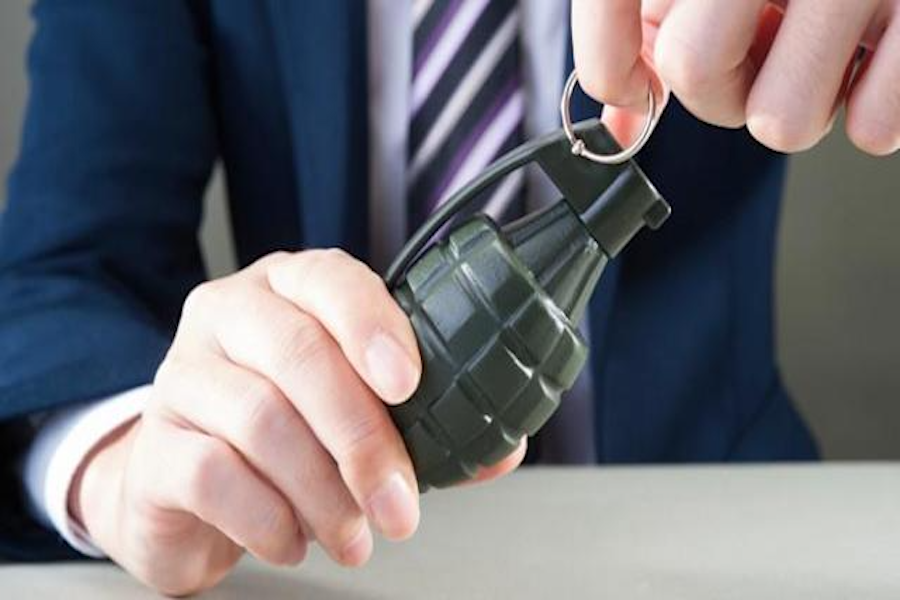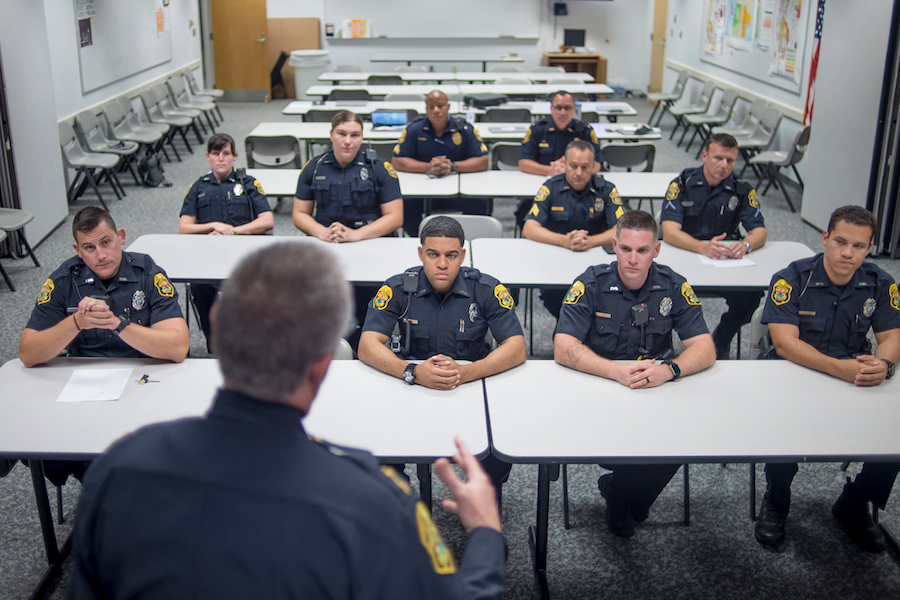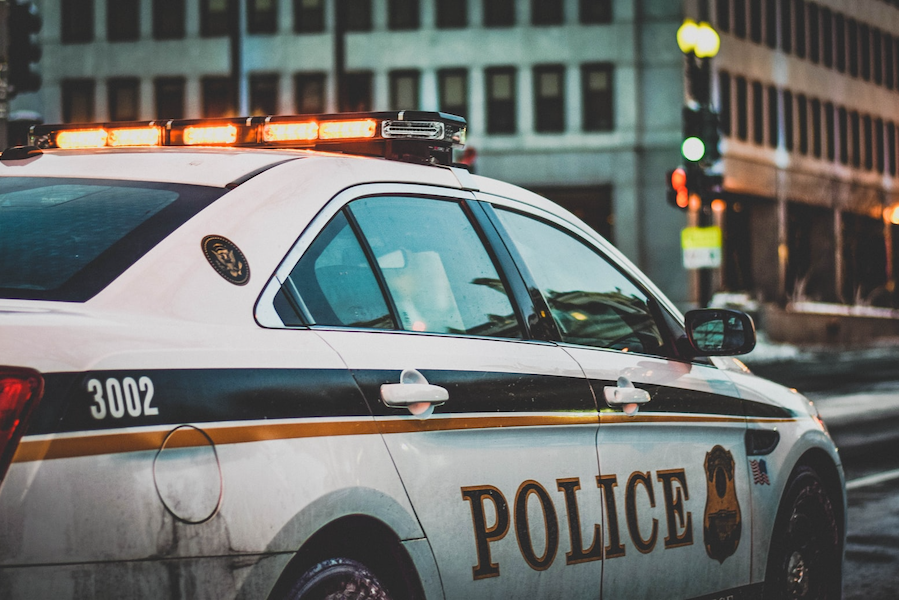The California Senate has approved the “Becker Bill,” which puts an end to law enforcement agencies’ ability to encrypt their radios. State Senator Josh Becker introduced Senate Bill 1000 last year as part of an effort to have law enforcement be more transparent.
Becker stated: “This access is critical for transparency, accountability and reporting public safety activities of all kinds, like traffic accidents, disasters, and crime to the public.”
He went on to add: “Unfortunately, there is an alarming trend in California and the nation: that is, police fully encrypting or blocking radio communication in the name of protecting personally identifiable information.”
If passed into law, the new bill would give law enforcement agencies until January 1, 2024, to implement changes in their policies and remove encrypted radios. Part of the new demands on policy changes requires steps to ensure that personal information is protected, such as license plate numbers, driver’s license numbers, and criminal records. So in effect, law enforcement agencies will be required to come up with another means to pass on “sensitive” information, and all other radio traffic must be sent through “publicly accessible” radio frequencies.
The California Highway Patrol currently operates under a policy similar to what is required by SB 1000. They use a hybrid system in which all personal information is transmitted via secure channels while all other radio traffic is broadcasted over open networks.
The bill suggested that law enforcement agencies comply with the confidentiality requirements by having them send private information by other means. A few examples would be using Mobile Data Terminals (MDTs), tablets, or even cell phones.
This bill still needs to be voted on and approved by the state assembly. After that, it will move to Governor Gavin Newsom’s desk for his pending signature to become law.
From a law enforcement standpoint, this spells trouble for some agencies with limited budgets. In addition, encrypting radios is an expensive endeavor. Now having to go back to non-secure networks after spending all the time, effort, and money to move to secure nets is going to be problematic.
Thinking of this from the perspective of a traffic stop (and someone corrects me if I am wrong), I will need to take extra steps to find out if the vehicle is legitimate and if the person I am dealing with is who they say they are. Instead of being able to ask dispatch to run a plate or an OLN for me, I am instead going to need to take my eyes off the vehicle I have stopped to enter the information myself?
This is a move in the wrong direction for the state of California. Which, quite frankly, has been moving at a steady pace in that wrong direction for decades now. They want to have radio networks non-secure so people can tell what first responders are doing but still require steps to prevent transmitting sensitive information that the public can hear.
Maybe I am off base and not seeing the benefit. Tell me in the comments below if you think this is the right choice and plan. I am all for transparency, but this seems to be about hamstringing law enforcement agencies even more in California.
